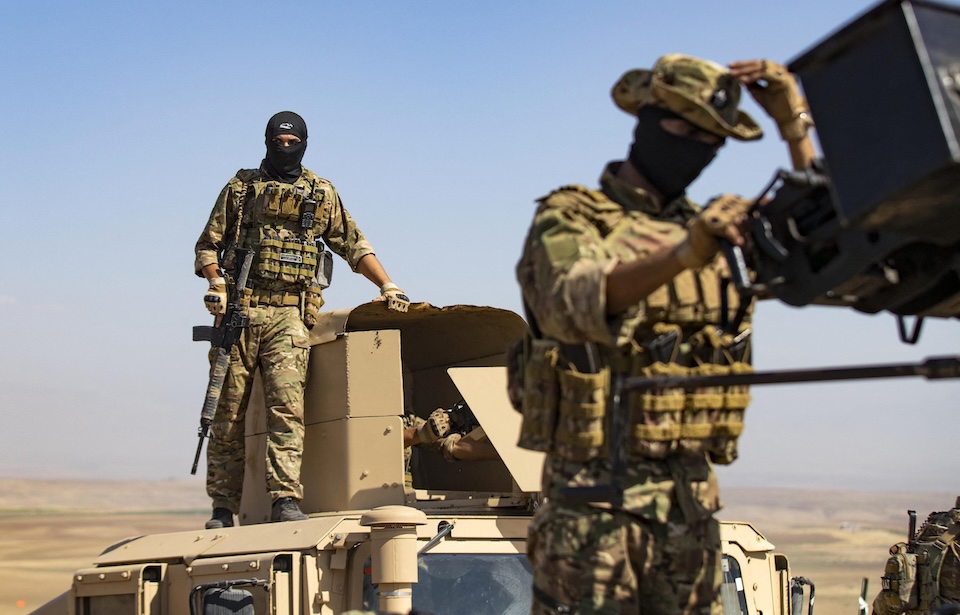At the start of Operation Inherent Resolve (OIR), U.S. coalition forces found themselves under attack by Syrian pro-government fighters and Russian private military contractors near the town of Khasham in eastern Syria. These forces launched a coordinated assault on a base used by the Syrian Democratic Forces (SDF), America’s main partners in the region.
U.S. troops, supported by airpower and artillery, quickly responded. The battle was fierce, but U.S. forces held their ground without suffering any casualties. The event later became known as the Battle of Khasham.
In 2018, media outlets reported on the engagement as a significant moment in modern military history, calling it “the first deadly clash between citizens of Russia and the United States since the Cold War.”
Operation Inherent Resolve (OIR) began in 2014
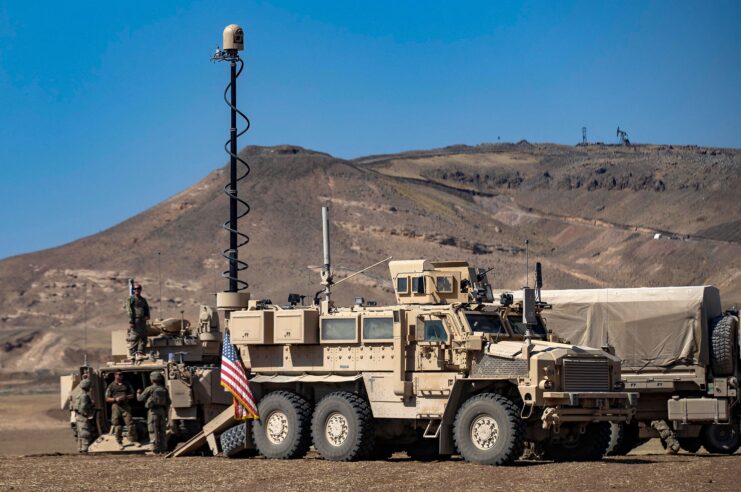
In the fall of 2014, the United States began its military intervention in Syria under Operation Inherent Resolve, aiming to defeat the Islamic State of Iraq and the Levant (ISIL). With American support, the Syrian Democratic Forces (SDF) made significant gains by 2017, including successfully capturing Raqqa. As they advanced toward the Euphrates River, the U.S. and Russia agreed to a deconfliction line to prevent direct conflict between their forces.
Meanwhile, Russia had been carrying out airstrikes in Syria since 2015 to support the Assad regime. Alongside these official operations, Russian private military contractors—most notably the Wagner Group—were also active on the ground. However, the Russian government has never formally acknowledged their involvement in combat operations.
A growing presence of militia fighters
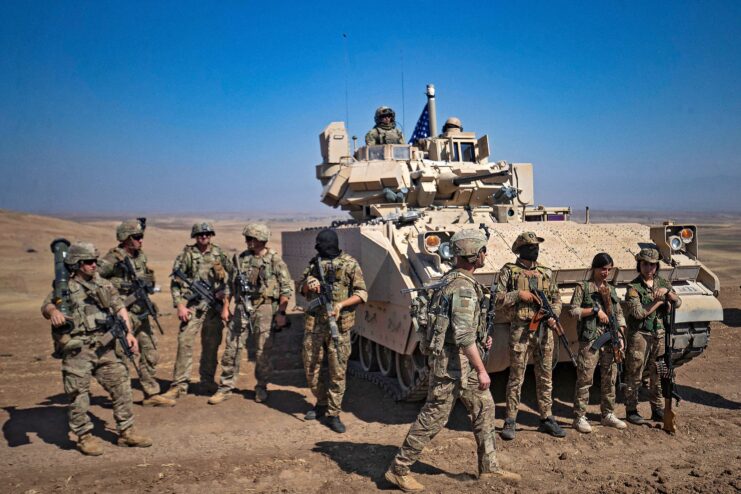
An outpost at Conoco, close to Khasham, acted as the Syrian Democratic Forces’ headquarters. There, 30 U.S. soldiers from the 1st Special Forces Operational Detachment-Delta (Delta Force) and the 75th Ranger Regiment (Army Rangers), were stationed to support Kurdish forces in the vicinity
Meanwhile, U.S. Marines and Green Berets positioned 20 miles away offered reconnaissance and surveillance support for the outpost.
On February 7, 2018, these forces found themselves increasingly encircled by over 500 pro-government militia members, reinforced by T-72 and T-55 tanks. Drone surveillance provided an early alert, enabling them to organize a quick-reaction force in case of a conflict.
Battle of Khasham commences
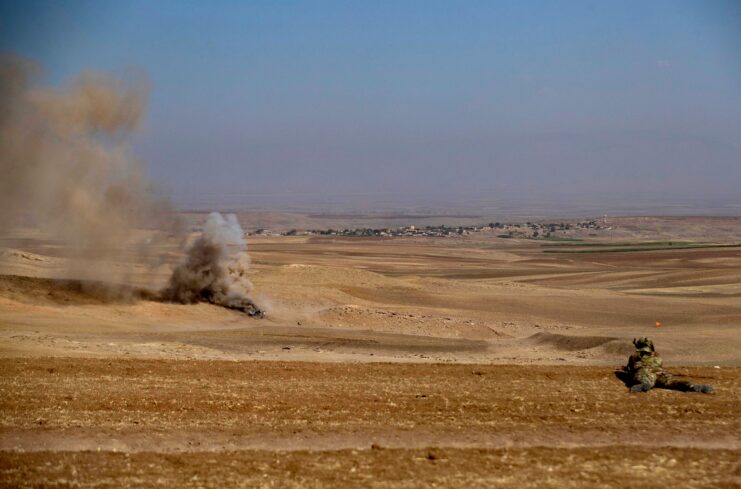
At around 10:00 PM that evening, the Russian and Syrian militia began their assault on the outpost.
Using artillery and mortar rounds in what the US officials called an “uncoordinated attack,” the American soldiers retaliated by firing Javelin anti-tank missiles. As The New York Times reported, “The air was filled with dust and shrapnel. […] For the first 15 minutes, American military officials called their Russian counterparts and urged them to stop the attack. When that failed, American troops fired warning shots at a group of vehicles and a howitzer.”
Prior to the eruption of the Battle of Khasham, military officials at the Combined Air Operations Center in Qatar had spotted the growing Russian and pro-government force and quickly deployed air support.
“American warplanes arrived in waves, including Reaper drones, F-22 stealth fighter jets, F-15E Strike Fighters, B-52 bombers, AC-130 gunships and AH-64 Apache helicopters,” The New York Times wrote. “For the next three hours, American officials said, scores of strikes pummeled enemy troops, tanks and other vehicles. Marine rocket artillery was fired from the ground.”
Late arrival of the quick response forces
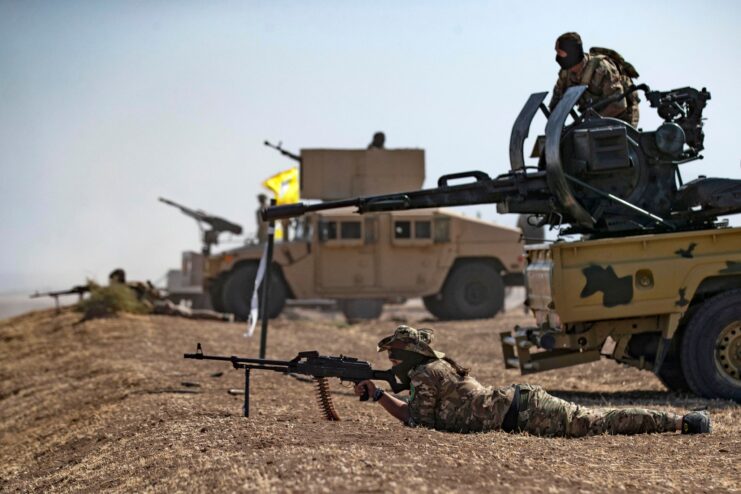
The Battle of Khasham went on for about three hours before a team of Marines and Green Berets arrived as a quick response force. To stay hidden, the drivers used night vision goggles to navigate instead of turning on their headlights.
The journey was tough, with roads “littered with felled power lines and shell craters.” At one point, the team had to stop because “the barrage of artillery was too dangerous to drive through until airstrikes silenced the enemy’s howitzers and tanks,” according to The New York Times.
The quick response force finally reached the battlefield at 1:00 AM, just as enemy vehicles burned and the attackers began shifting to a ground assault.
Aftermath of the Battle of Khasham and transparency
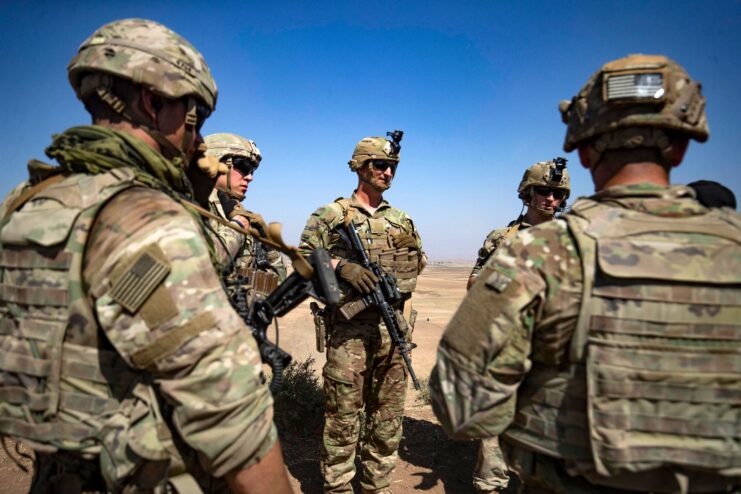
The Battle of Khasham ended soon after the attacking forces pulled back. Despite the intensity of the fighting, no U.S. troops were injured, while U.S. estimates indicated that between 200 and 300 enemy fighters were killed.
American officials released a detailed explanation of the events, stating that pro-government forces, supported by Russian elements, had attacked the Syrian Democratic Forces at a time when U.S. personnel were positioned just east of the Euphrates River in the designated deconfliction zone.
In response, the Russian Ministry of Defense claimed that the assault was carried out by Syrian militia units conducting unauthorized reconnaissance and that the action had not been coordinated with Russian military leadership. They also stated that no Russian service members were present in the Deir ez-Zor region during the battle.
US officials kept in constant contact with the Russians
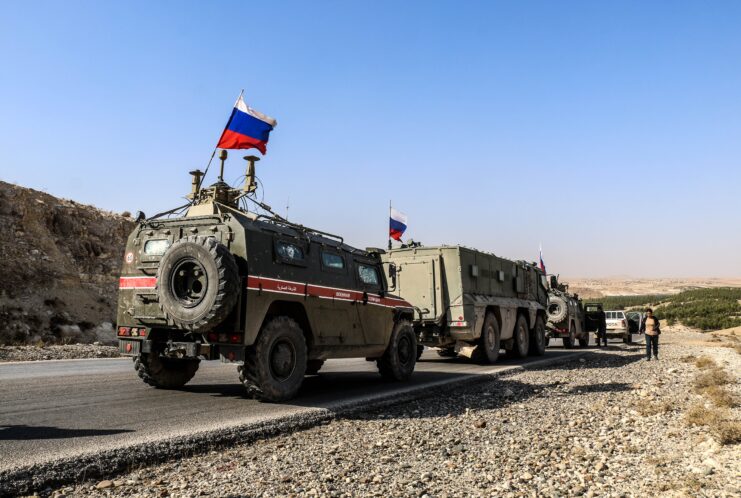
Following the Battle of Khasham, Lt. Gen. Jeffrey L. Harrigian, commander of the US Air Forces Central Command, said that, prior, “The coalition observed a slow buildup of personnel and equipment the previous week, and we reminded Russian officials of the SDF and coalition presence via the telephone deconfliction line. This was well in advance of the enemy forces’ attack.”
Throughout the engagement, US officials were in constant contact with the official Russian liaison officer in Deir ez-Zor. They made sure only to open fire once they were told that absolutely no regular Russian troops were participating.
Did the Russians approve of the Battle of Khasham?
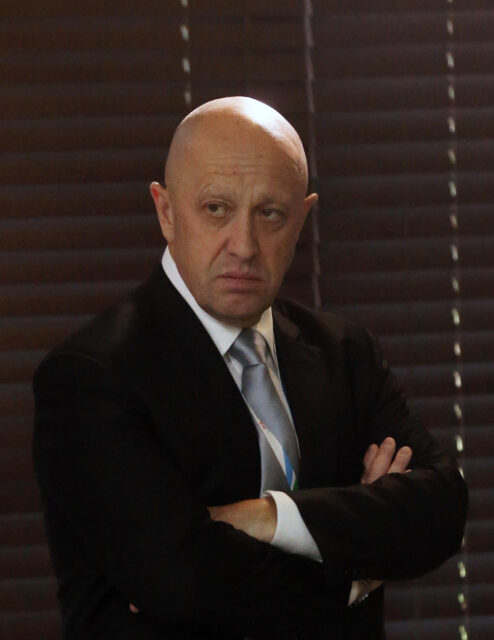
While Russian officials claim they had no part in authorizing the attack at Conoco, two sources alleged that a Russian minister was involved. On February 22, 2018, The Washington Post published an article alleging that communications between the late leader of the Wagner Group Yevgeny Prigozhin and senior Syrian and Kremlin officials had been intercepted.
In these communications, Prigozhim was said to have “secured permission” from an unnamed Russian minister to go ahead with an attack and that all that was needed was approval from the Syrian government. Additionally, the Ukraine-based anti-Russian publication InformNapalm alleged the attack had been cleared by Sergej Kim, the chief of Wagner’s operations department and a former Russian naval infantry officer.
More from us: The US Army Attempted to Cover Up the True Nature of Pat Tillman’s Death In Afghanistan
Despite these claims, Russian officials continued to assure the public that they weren’t involved in the attack.
